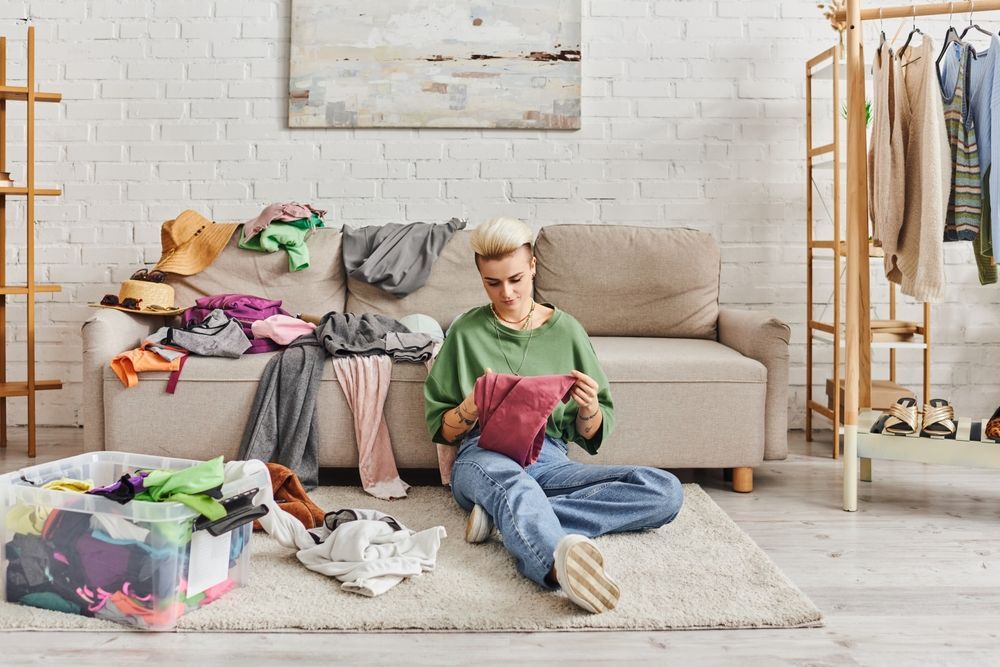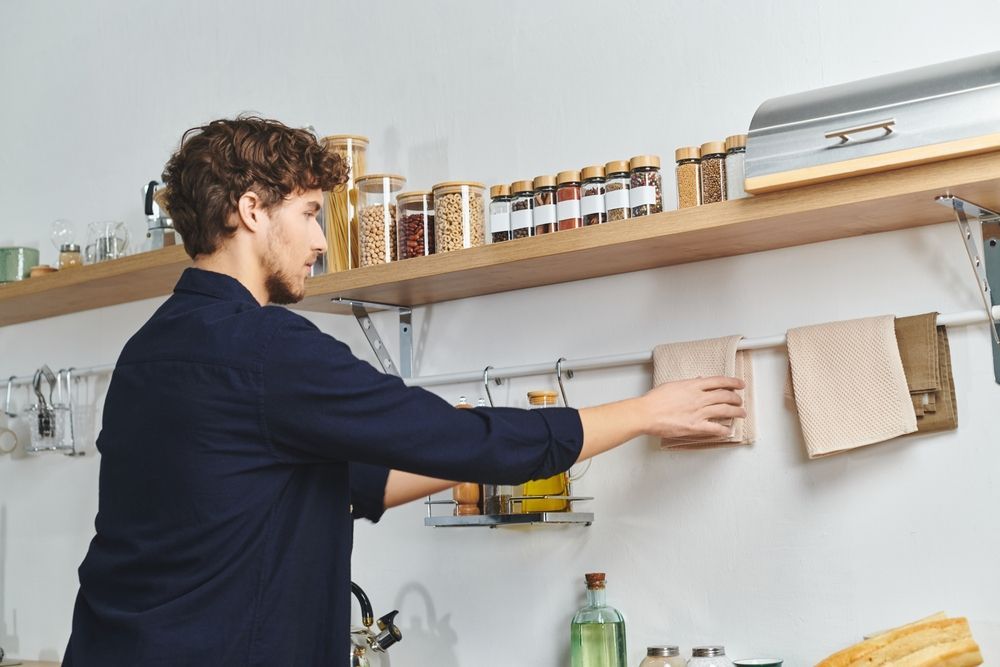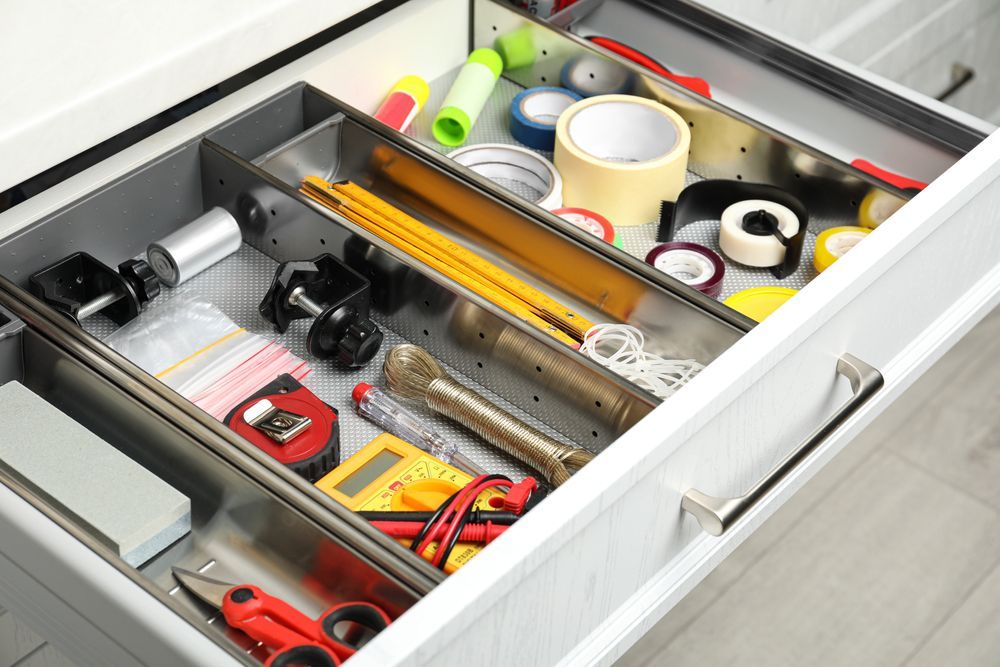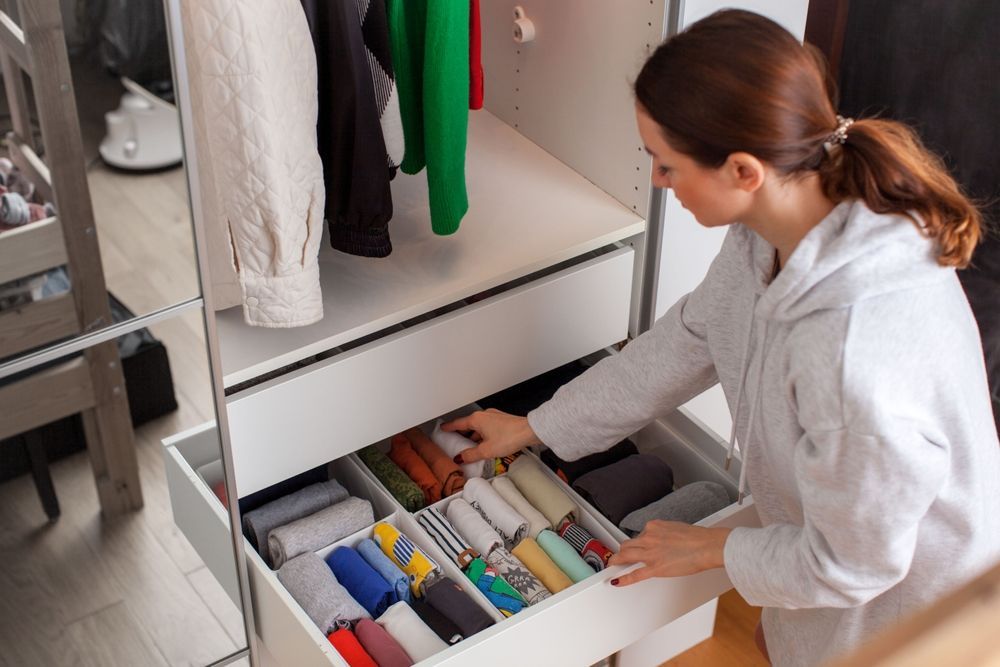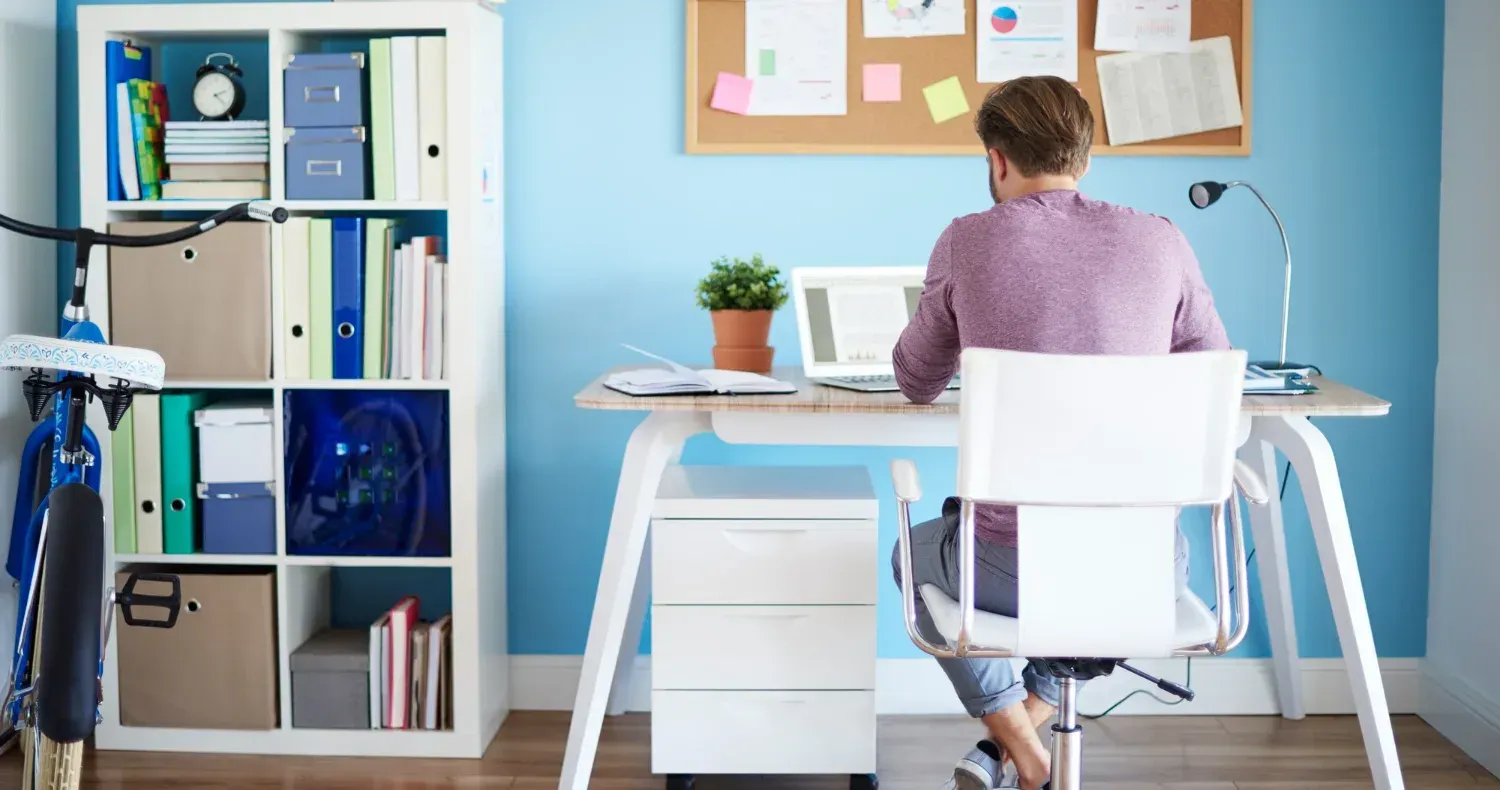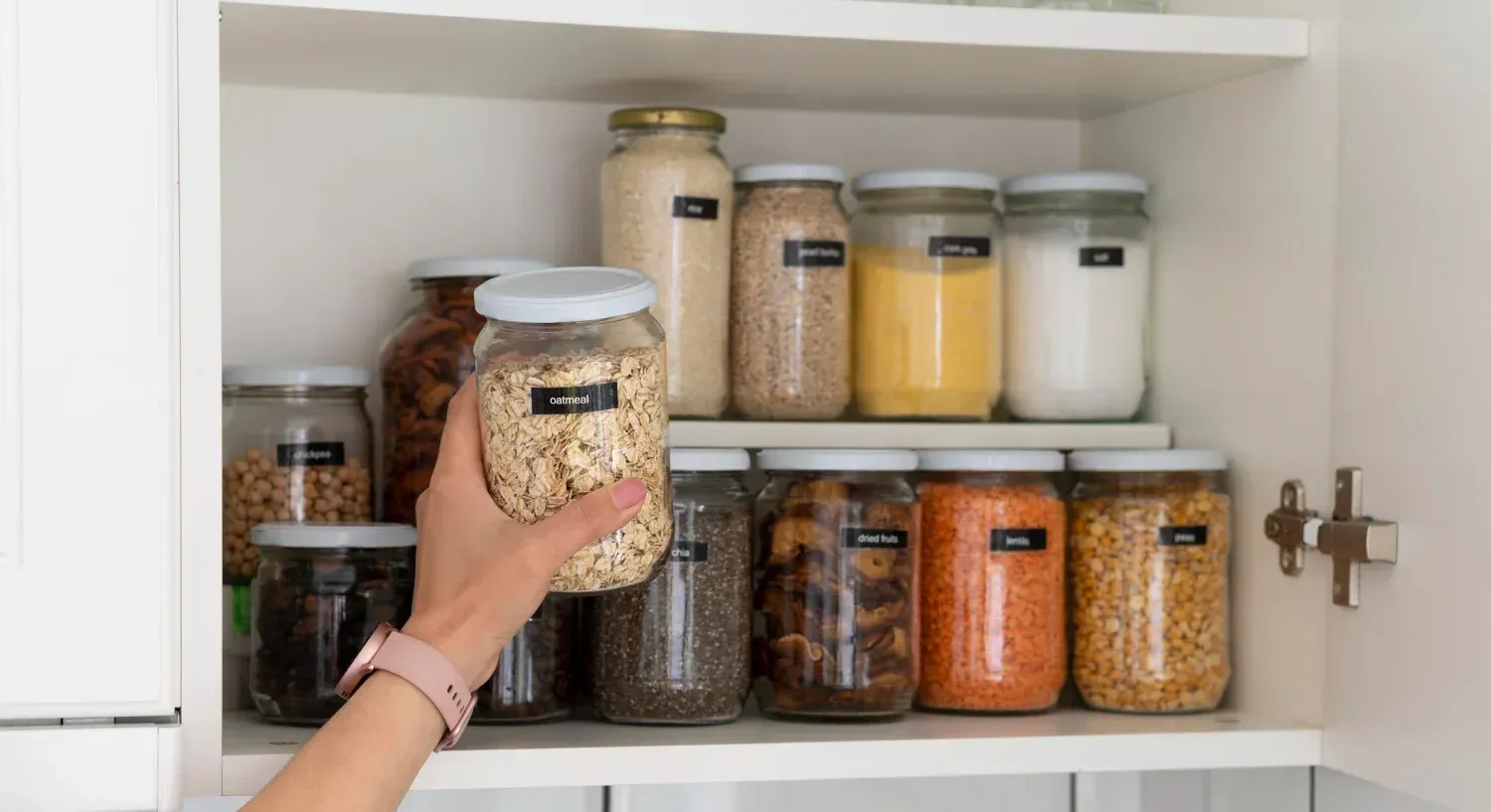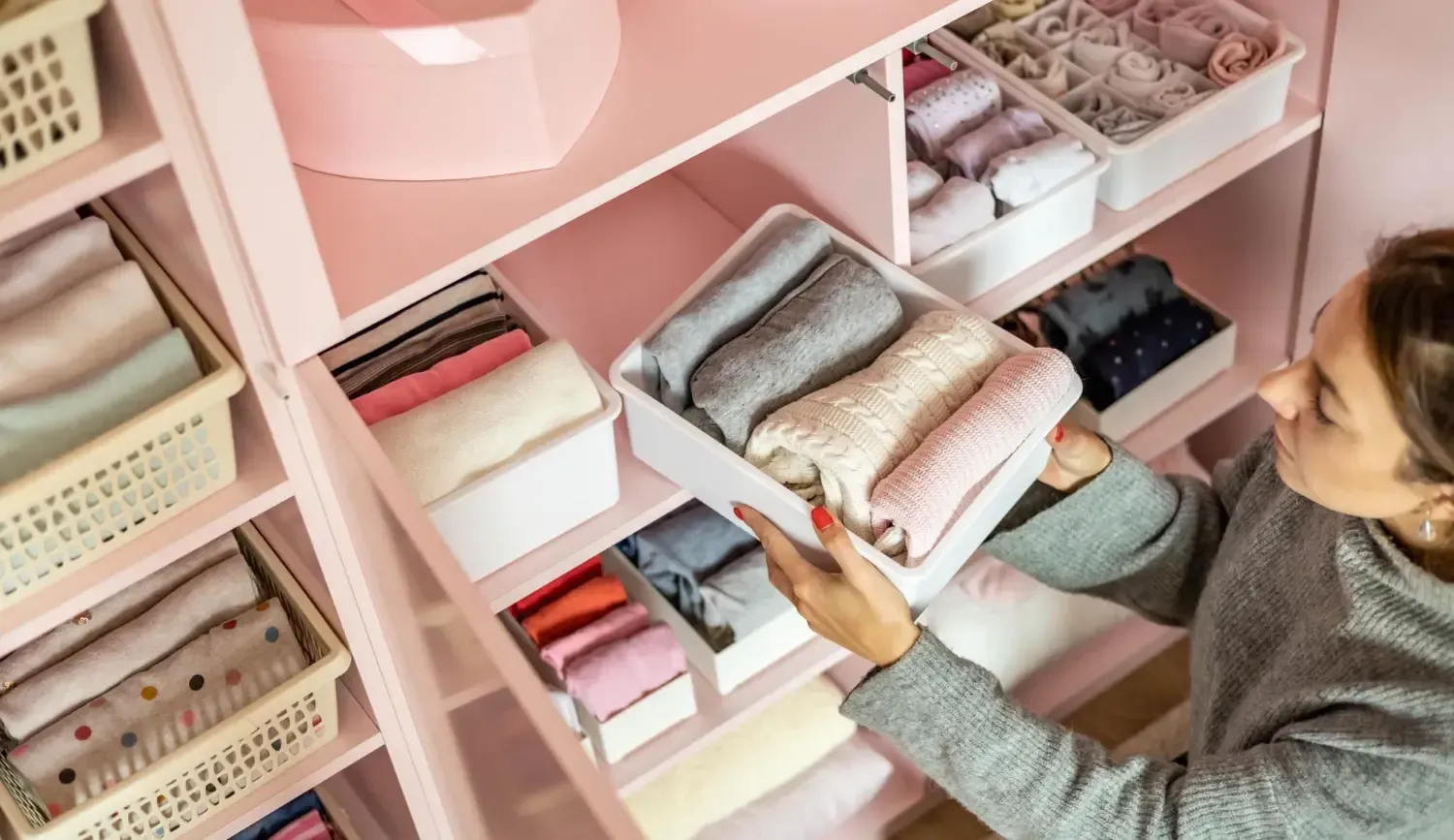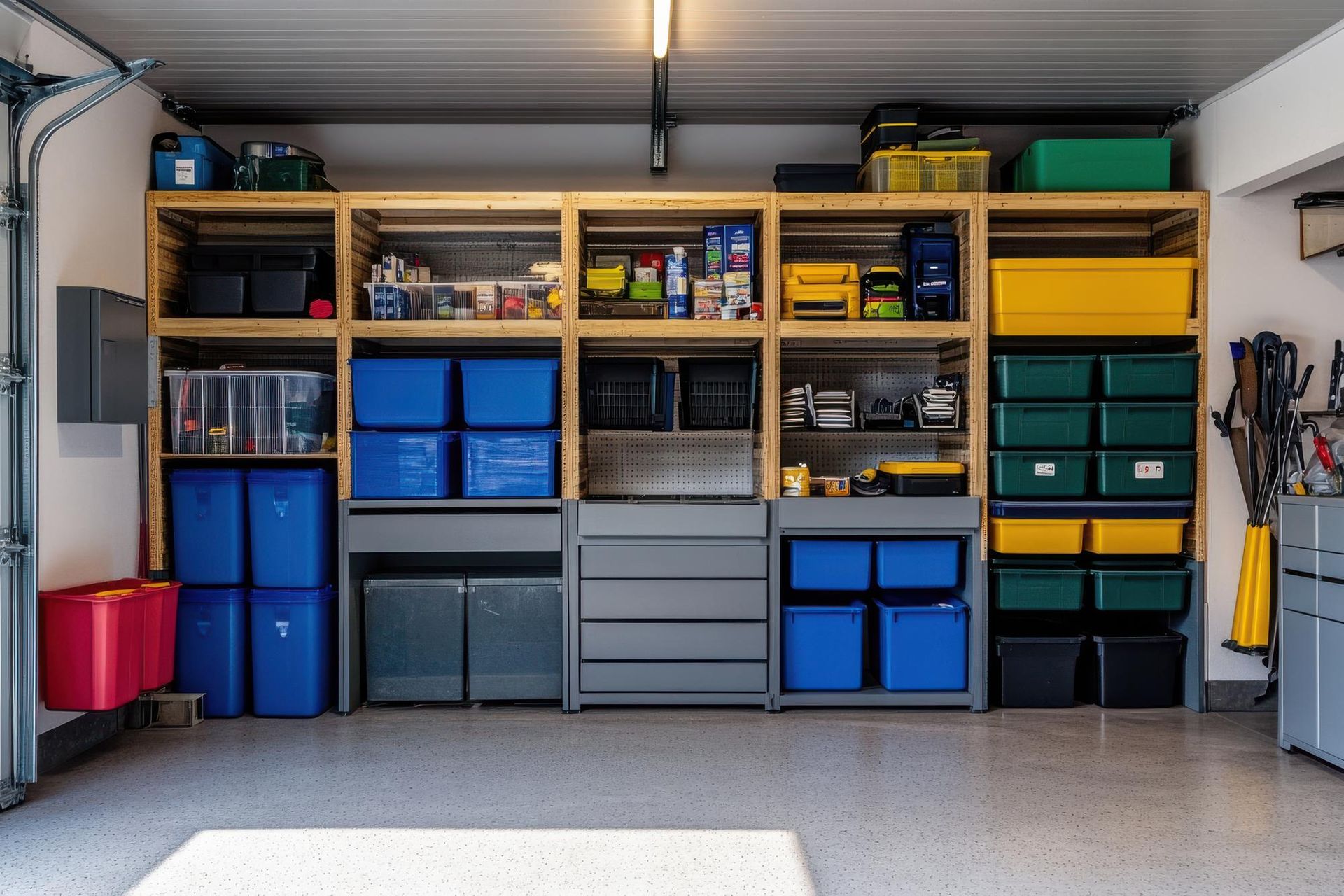Home Organization Tips Before and After a Move
Moving is exciting, but let’s be honest, it’s also exhausting. Between overflowing closets, endless boxes, and the fear of losing something important, most people find themselves overwhelmed long before moving day arrives. Even after settling in, the struggle continues: clutter piles up, essentials go missing, and the new home doesn’t feel as calm and organized as you hoped.
The good news? It doesn’t have to be this way. With the right home organization tips, you can simplify packing, make unpacking faster, and create a clutter-free home that actually works for you. From learning how to declutter your house effectively to applying systems that keep everything in place, organization is the secret to a stress-free move. And if you want extra support, a
Professional Organizer can step in to transform your space into one that’s not just tidy, but truly functional.
In this guide, you’ll discover step-by-step tips to declutter, pack smart, unpack with ease, and keep your home organized long after the move.
Why Organizing Before and After a Move Matters
Moving without a plan often leads to:
- Unnecessary stress from juggling too many tasks at once.
- Higher costs from moving items you don’t actually need.
- Weeks of frustration while trying to find essentials in unlabeled boxes.
- Clutter simply “relocated” instead of solved.
Organizing before and after your move prevents these problems. It helps to pack perfectly before a move and unpack properly after a move and as a result you start fresh in your new home instead of dragging old messes with you.
Declutter Your House Before Packing
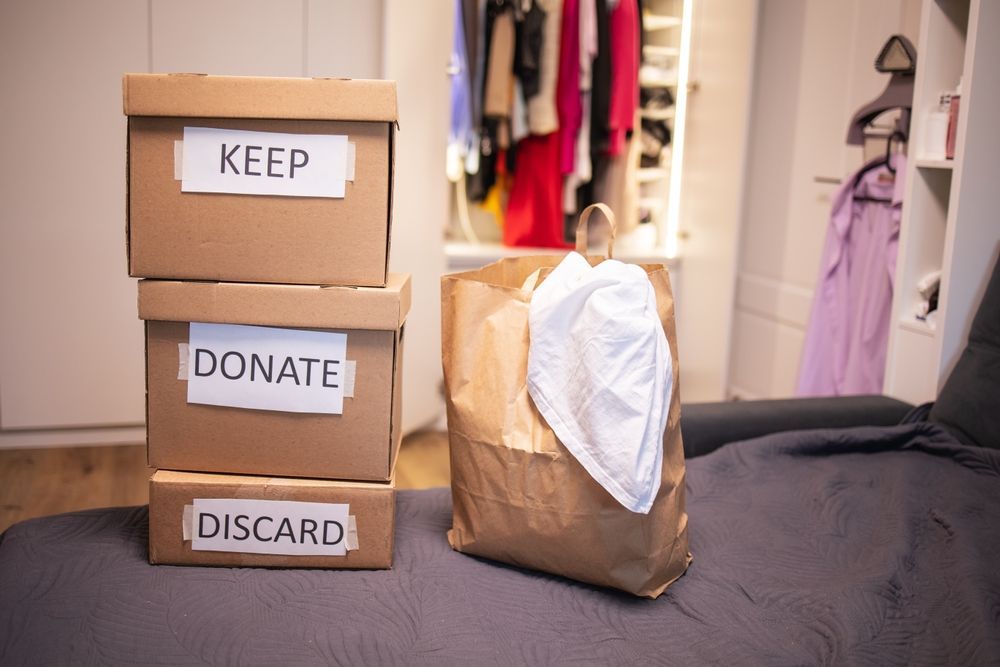
One of the most powerful home organization tips is to start with less. Decluttering reduces costs, lightens the moving load, and makes it easier to organize once you arrive.
Practical Decluttering Strategies
- Four-Box Method:
Label your boxes as
Keep, Donate, Recycle, Discard. Touch each item once and decide immediately.
- One-Year Rule: If you haven’t used it in a year, you probably don’t need it. Exceptions: seasonal gear and sentimental items.
- Tackle by Category: Sort by clothes, books, kitchenware, etc. You’ll quickly spot duplicates.
- Schedule Donations: Arrange pickups with local charities so unused items don’t creep back inside.
Pro Tip: Start decluttering at least 4-6 weeks before your move and make a list of what to pack and what not to pack when moving, so you’re not rushed.
Organized Packing Methods

Packing is more than filling boxes, it’s building a system that makes unpacking simple.
- Pack Room by Room: Keep items together from each room to avoid confusion.
- Label Clearly: Write the room name + short contents list on every box.
- Color Code: Assign colors for rooms (blue = kitchen, green = bedroom). Stickers or tape make quick identification easy.
- Handle Fragile Items Carefully: Use bubble wrap, towels, or special dish packs. Mark boxes clearly as “Fragile.”
- Create an Essentials Kit: Pack toiletries, chargers, pajamas, and documents separately. Keep this with you during the move.
Organized packing means you’ll spend less time digging through boxes and more time enjoying your new home.
Unpack with a System
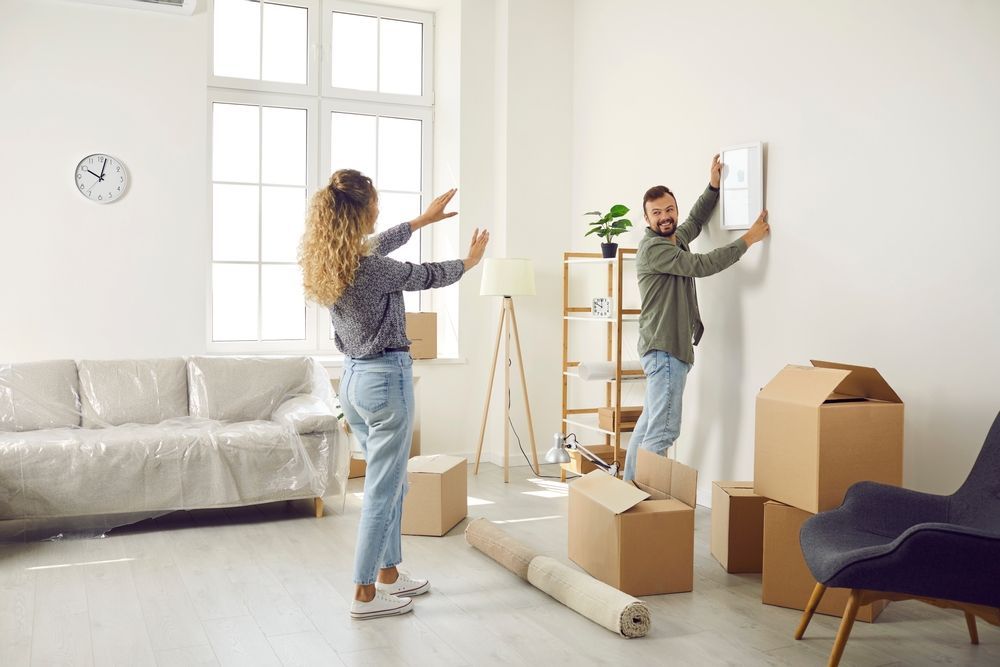
Once you’ve arrived, unpacking can feel overwhelming, but if you follow a system, it becomes manageable.
Unpacking Priorities
- Kitchen First: Get plates, utensils, and cookware ready so daily meals are easier.
- Bathroom Essentials: Toiletries, towels, and shower items make your first days comfortable.
- Bedrooms: Assemble beds early to ensure good rest after moving day.
- Living Spaces: Tackle living rooms, offices, and secondary rooms once essentials are done.
Apply Organization While You Unpack
- Install closet systems before filling them.
- Use drawer dividers and storage baskets to prevent clutter from day one.
- Create zones (coffee station, study corner, etc.) for easy daily routines.
Think of unpacking as setting up a functional home, not just emptying boxes.
Everyday Home Organization Tips
One-In-One-Out Rule
Every time you bring a new item into your home, whether it’s clothing, kitchenware, or decor, remove one item you no longer use. This keeps clutter from building up and ensures your storage stays balanced. For example, if you buy a new pair of shoes, donate an old pair. Over time, this simple habit helps maintain control over the volume of belongings in your house.
Maximize Vertical Space
Don’t let valuable wall space go unused. Install shelves, floating racks, or cabinets to store books, dishes, and display items. Over-the-door racks and wall hooks are great for coats, bags, and accessories, keeping them off the floor and out of the way. Vertical storage not only clears floor space but also makes rooms feel larger and more open.
Clear Bins and Labels
Transparent containers make it easy to see what’s inside at a glance, ideal for pantries, closets, and garages. Combine them with clear labels so family members always know where things belong. For example, label bins for “snacks,” “cleaning supplies,” or “holiday decorations.” This prevents confusion and saves time searching for items.
Drop Zones
Create dedicated landing spots for everyday essentials right by your entryway. A small tray for keys, a basket for shoes, and hooks for jackets or bags ensure these items don’t end up scattered around the house. By making drop zones a routine, you reduce daily clutter and make leaving and entering the home more efficient.
Weekly Declutter Sessions
Instead of letting mess pile up, schedule short 10–15 minute sessions each week to focus on one small area. This could be a kitchen drawer, a closet shelf, or a bathroom cabinet. By tackling clutter in small chunks, you avoid feeling overwhelmed and gradually maintain a consistently tidy home.
Digital Declutter
Paperwork, receipts, and bills can quickly overwhelm drawers and desks. Start scanning important documents and storing them digitally in organized folders. Back them up on cloud storage for security. Reducing paper clutter not only frees up physical space but also makes it easier to access records when you need them.
These tips don’t just reduce mess, they save time and reduce stress every single day.
Choosing the Right Services
If you’re hiring help for your move, look for companies that offer:
- Reputation & Reviews: Check ratings and customer feedback.
- Experience: Established movers handle fragile and bulky items better.
- Customization: Flexible services (full-service, partial, fragile-only).
- Insurance: Peace of mind for valuables.
- Transparent Pricing: Avoid hidden fees with clear quotes.
Good services support your organizational efforts instead of adding to your stress.
Professional Home Organizers
Even with the best intentions, keeping a home organized long-term can be challenging, especially when balancing work, family, and a busy lifestyle. This is where hiring a professional home organizing service can make all the difference. Professional organizers create customized systems according to your home and routines, providing hands-on help in spaces like closets, pantries, offices, and storage areas.
They save you valuable time by turning weeks of unpacking or decluttering into just days, and they ease the stress of figuring it all out alone. More importantly, they teach you practical strategies to maintain order so clutter doesn’t creep back in. If you’ve just moved into a new home and want to set it up correctly from the start, if you’ve tried organizing before but struggled to keep up, a professional organizer offers not only
packing and moving but also
decluttering and transforming your space.
Conclusion: A Fresh Start with Organization
Moving is more than just changing addresses, it’s your chance to reset. By decluttering your house before packing, using smart packing and unpacking strategies, and applying simple home organization tips, you’ll save time, reduce stress, and create a home that works for you.
If you want extra support, the professional organizing services can help you design systems that keep your new home clutter-free and functional long after moving day.
FAQs About How To Organize Your Home
Should I declutter before or after packing?
Always declutter before. It lowers costs and prevents moving unnecessary clutter.
How do I organize my home quickly after a move?
Unpack essentials first, use bins and labels, and apply simple daily habits like drop zones and the one-in-one-out rule.
What’s the difference between packing services and professional home organizing?
Packing ensures safe transport of items. Professional organizing creates long-term systems for order.
Can professional organizers help only after moving?
No. Many also help before a move by decluttering and preparing systems that make unpacking easier.
Are professional services worth it?
Yes. They save time, reduce stress, and ensure your home is set up to stay organized.


